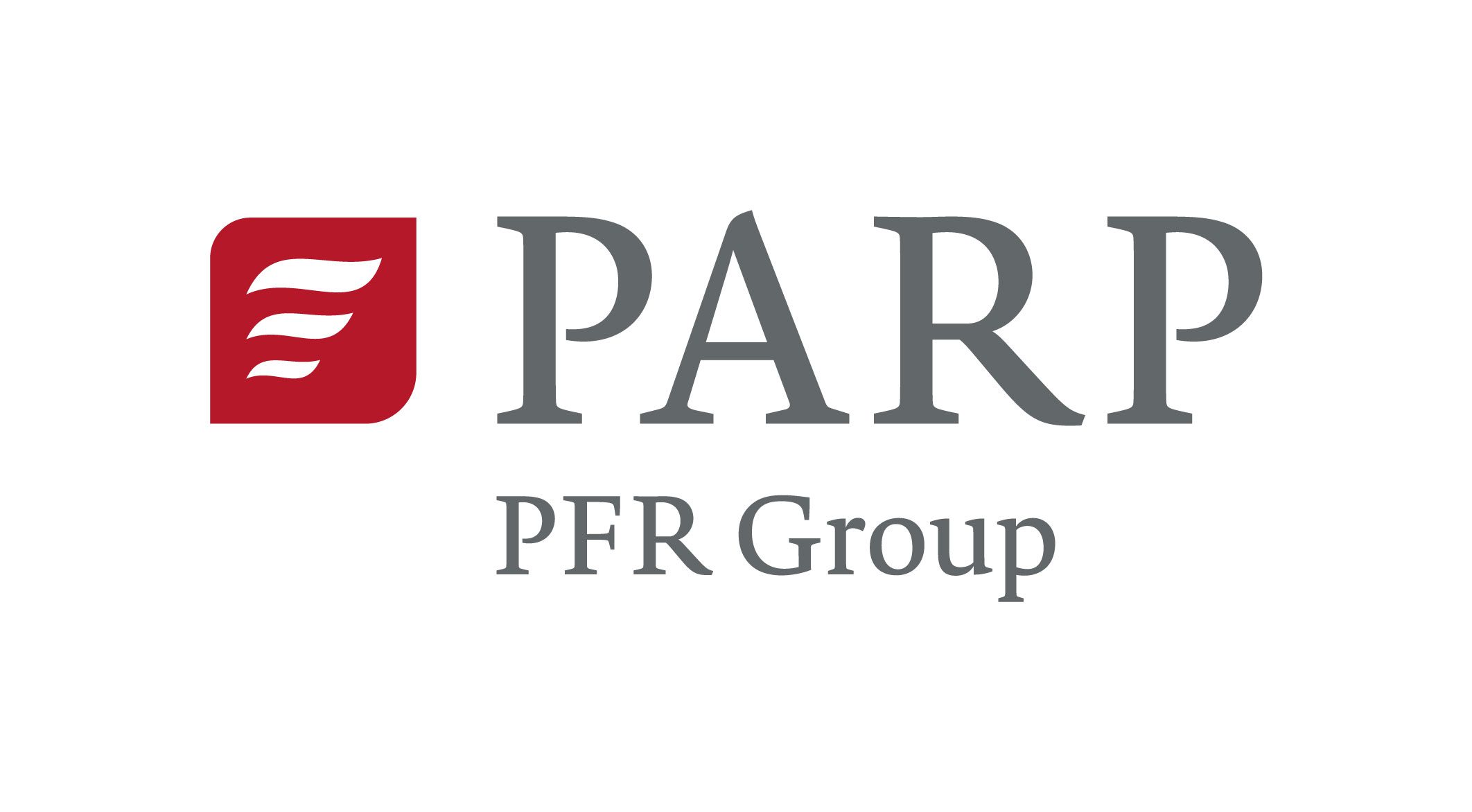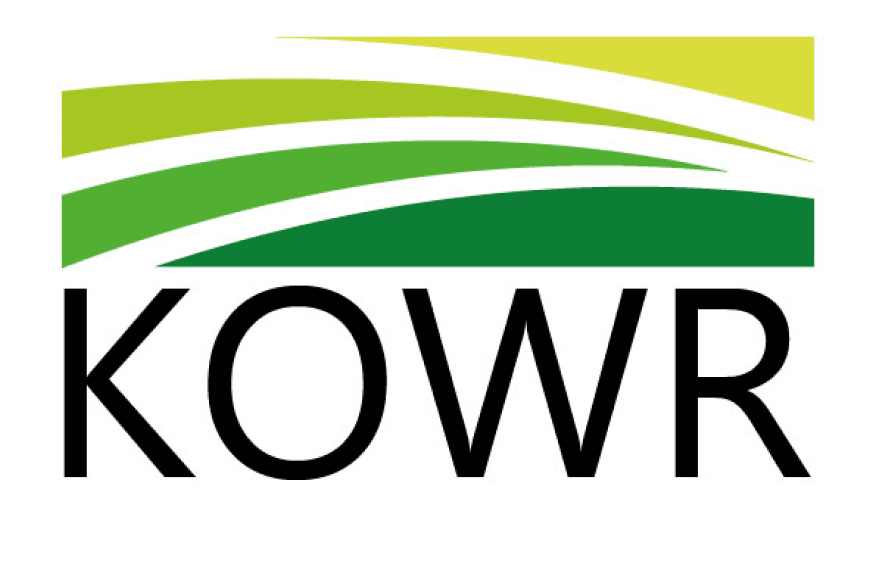03.09.2025
Poland on the verge of a semiconductor revolution
In the face of international tension and the growing need to diversify supplies, global corporations from the semiconductor and electronics sectors are looking for new, safe locations. Geopolitics therefore opens up a new window of opportunity for Poland.
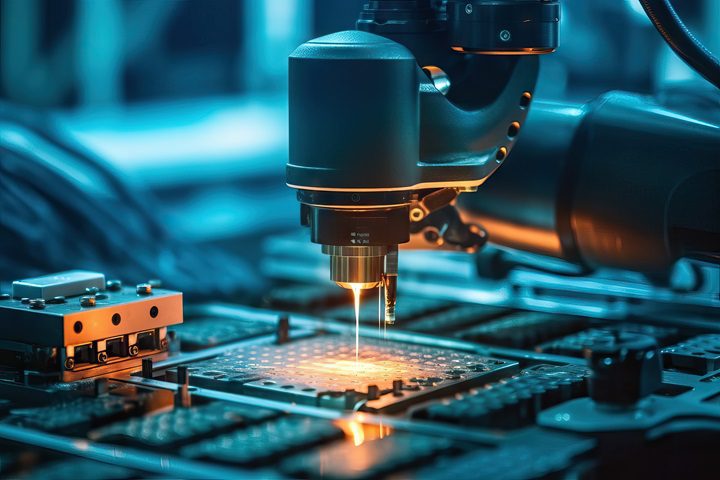
Politically stable Poland, which is a member of the EU and NATO, with a dynamically developing economy and strategic location on trade routes, is becoming a natural candidate for large investments in this industry.
According to the “Semiconductors 2025” Report, developed by the Tek.info.pl portal team under the auspices of PAIH, it appears that Poland’s ecosystem is moving towards more complete value chains.
Segments with the highest growth dynamics
- back-end / assembly-packaging-testing (OSAT), advanced packaging (OSAT): globally, this is the fastest growing link in the chain — CAGR of 11.4% between 2022 and 2035 (from ~EUR 20 billion to ~EUR 80 billion),
- electronic components for the automotive industry and IoT (among them PCBA, sensors): in the structure of advanced packaging applications, the automotive industry accounts for ~10 percent of the market (after consumer electronics and servers/telecoms), and in Poland the automotive industry has a strong R+D and production presence (Aptiv, ZF, including PCBA plants).
Component import and ecosystem evolution
- the report shows the EU’s high dependence on non-EU suppliers: on average, ~80% of suppliers in the European chain are based outside the EU (based on JRC research cited in the report). This translates into the need to import components to Europe, including Poland,
- at the same time, in Poland, production has shifted from simple assembly in the 1990s to full NPI and PCBA processes, and at the same time, the number of R+D centres is growing — that is, imported parts are increasingly being finally integrated and tested in our country, which indicates that we are maturing towards more complete value chains.
Poland against the background of Europe and the world
The global semiconductor market in 2024 reached a value of over USD 570 billion. WSTS forecasts indicate that by 2030 it will exceed USD 1 trillion. The main sources of demand are artificial intelligence, electromobility, IoT and 5G/6G telecommunications.
Today, Europe is only responsible for about 10 percent of chip production, while Asia controls over 70 percent. This means tens of billions of euros of new investments. Poland, with its industrial and human resources potential, has a chance to attract a significant part of them.
Companies from the United States dominate among suppliers from outside the EU (36 percent ), followed by Taiwan (12 percent), China (11 percent), South Korea (10 percent) and Japan (9 percent).
An ecosystem that is growing
The largest companies in this industry are already operating on the Polish market:
- Intel – R&D centre in Gdańsk, one of the largest in Europe,
- Trumpf Huettinger – power supply technologies for plasma systems,
- SK Hynix – one of the global leaders in semiconductor memory.
Along with them, are companies with Polish capital that build unique competences:
- VIGO Photonics – a world leader in the production of infrared detectors,
- DCD Semi – specialized IP cores for digital systems,
- APS Energia – power solutions for industry and energy.
This is the nucleus of the semiconductor ecosystem, which is gaining in importance every year. Poland is no longer just an assembly plant – it is becoming a place where global capital, local innovation and science meet.
Poland’s chance of being a leader
Polish specializations are slowly emerging in the semiconductor supply chain:
- chip design and software – including EDA and IP cores tools,
- production and testing equipment – supplied both to the domestic and exported markets,
- back-end (assembly, packaging, chip testing) – a segment in which Europe has a very weak position (the share in the advanced packaging market is only 1.8 percent), and Poland is indicated as a country with a real chance to fill this gap.
As the Dean of the Wrocław University of Science and Technology stated: “Advanced PCBA assembly techniques can become our strategic skill and advantage.”
Poland’s advantage is the developed electronics industry. Companies operating in our country not only manufacture components, but also design and manufacture entire devices – from medical equipment, through industrial systems, to IoT and automotive solutions. This is proof that Poland can build entire branches of high-tech industries, and semiconductors are the natural next stage.
Institutes of Higher Education and business
Polish universities and research institutes have also recognised the potential of the sector:
- Gdańsk University of Technology and Wrocław University of Science and Technology conduct R+D projects with global corporations,
- IMiF, Unipress and Cezamat are involved in European research and ensure technology transfer.
Cooperation between Institutes of Higher Education and industry is an element that was missing in many previous waves of industrialization in Poland. This time we have a chance to avoid this mistake.
To order to take full advantage of this opportunity, Poland should:
- invest in the back-end (chip assembly, testing and packaging),
- maintain attractiveness for R&D centres
- strengthen cooperation between Institutes of Higher Education and industry,
- actively promote Polish companies in European supply chains.
Thanks to the implementation of these steps, Poland can become a strategic semiconductor hub of Europe – a place where not only components, but also entire technologies of the future are created.
The entire Report is available on PAIH ‘s website
Source: The Polish Investment and Trade Agency (PAIH)
- Everything
- News (304)
- Events (173)
- Get Support (83)
-
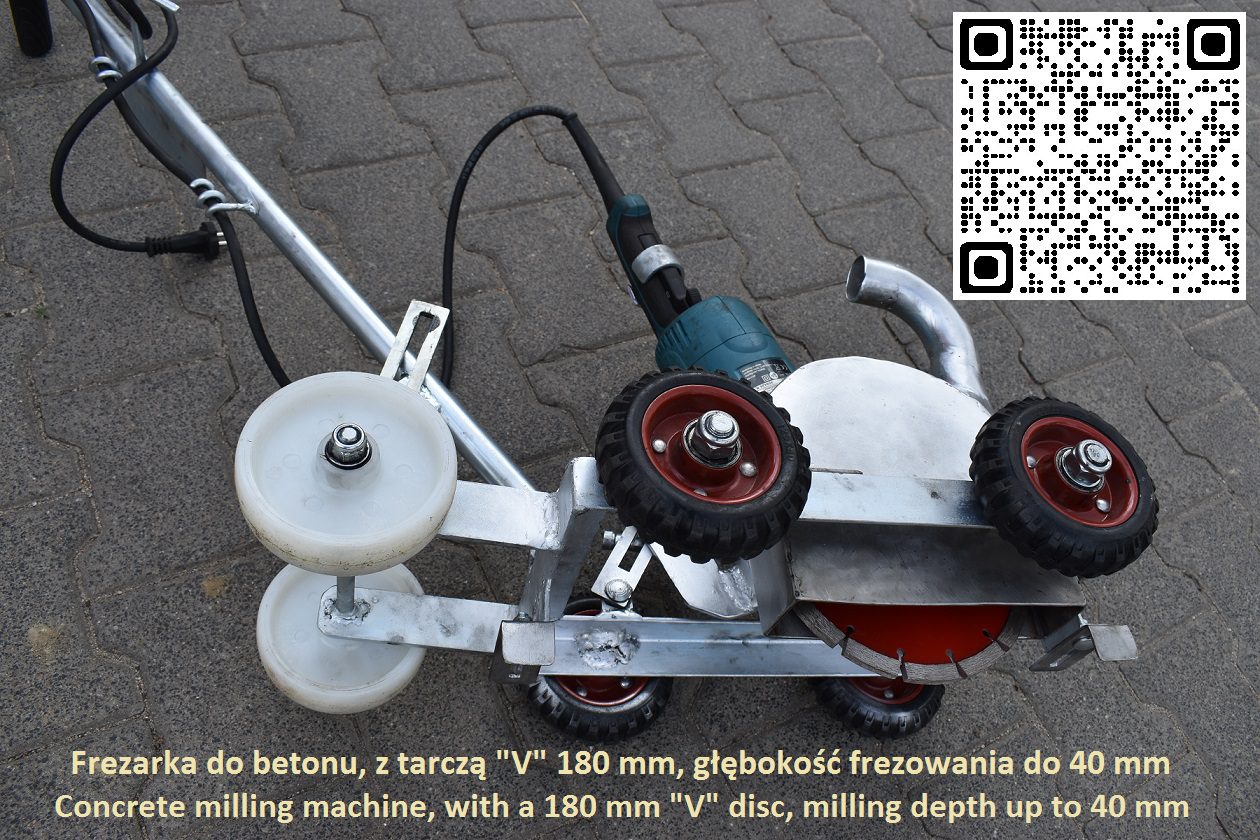
ZYGMUNT STOLARZ DEKOR – PRZEDSIĘBIORSTWO USŁUGOWO- HANDLOWE BUDOWNICTWA
Renovation and construction materialsMachinery and parts thereofIndustrial machinery and mechanical appliances and parts thereofMeasuring instruments and apparatus and parts thereofAgricultural machinery and parts thereofOther instruments and apparatusElectromechanical appliances and parts thereofOther goodsShow allShow more Show lessProduction company. Machines and unique tools for concrete plants and companies making concrete floors Our flagship products include dispersed reinforcement dispensers, concrete trowels (11 types), concrete grinders, fans for removing dust and fumes, unpleasant odors and for transporting bulk materials (with electronic speed regulation). We have been working for over 40 years. We ship worldwide. Our prices are available on the company website www.dekor.poznan.pl

Globeconn Ltd
Show more Show lessPolish Innovation | East Africa | Joint Venture I am Polish and have lived and operated in Kenya (Mombasa) for 16 years. I have a functioning office on site, local operational support, and experience working with Kenyan partners. I am looking for Polish companies that: produce their own innovative products or possess their own unique technology, and are interested in expanding into the African market, particularly Kenya, by establishing a joint venture with a local partner.
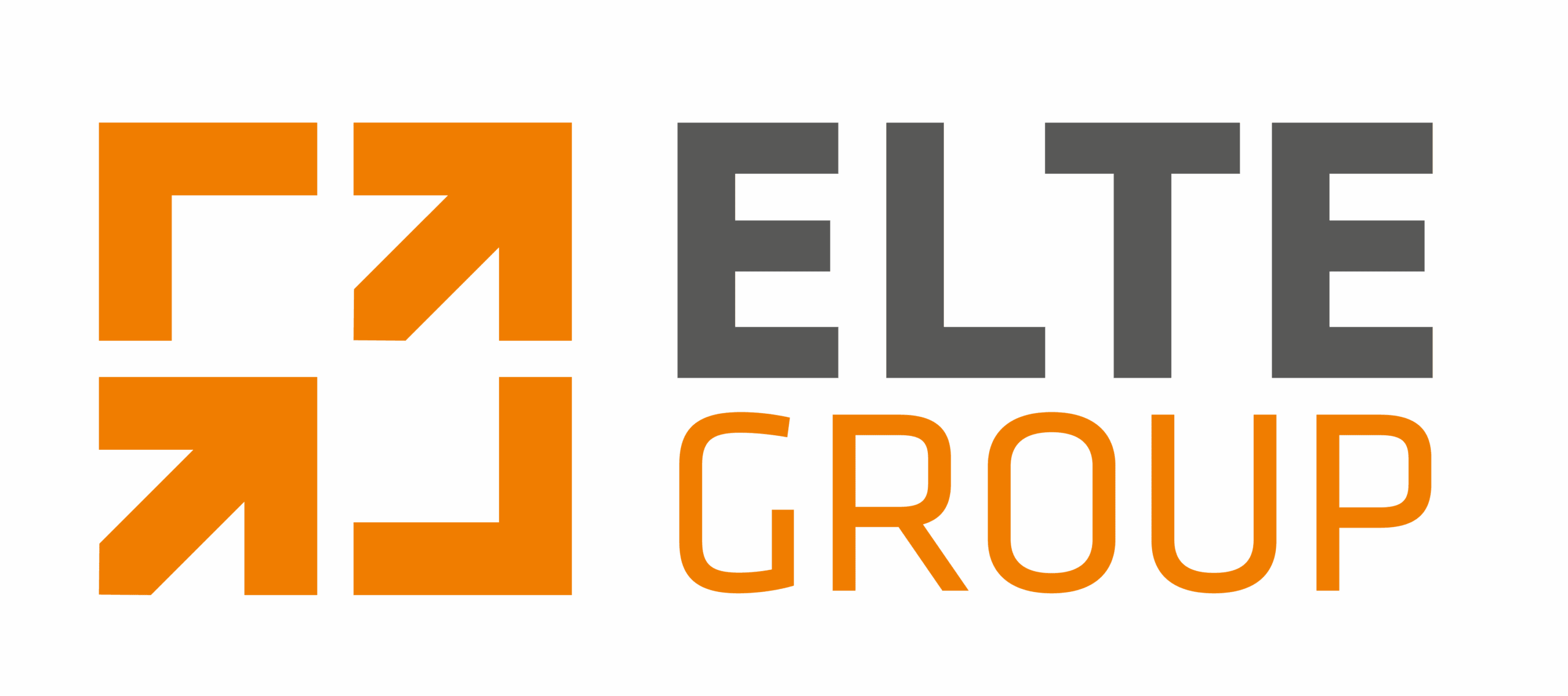
ELTE SMART SPÓŁKA Z OGRANICZONĄ ODPOWIEDZIALNOŚCIĄ
IT and TelecommunicationIT and telecommunication equipmentIndustrial machinery and mechanical appliances and parts thereofElectromechanical appliances and parts thereofShow allShow more Show lessELTE Group has extensive experience in developing and implementing ICT systems for companies in various industries and local government units. Our solutions support and monitor the processes of service provision, optimize the use of resources, and improve transportation and communication logistics. We help companies digitize their processes. For more than 20 years, we have proudly provided solutions to customers around the world.

GlobCargo Sp. z o.o.
Other goodsShow allShow more Show lessGlobCargo sp. z o.o. specializes in waste management across Poland and the entire EU, directing waste to recycling or lawful disposal. We operate in full regulatory compliance, and thanks to our experience and industry expertise we support clients in complex projects—from needs analysis through to final settlement.
-
 Event
EventSolar Energy Expo 2026
Solar Energy Expo is Poland’s largest renewable energy industry trade fair
 Event
EventPolish Logistics Day
The Embassy of the Republic of Poland in Prague cordially invites you to participate in the “Polish …
-
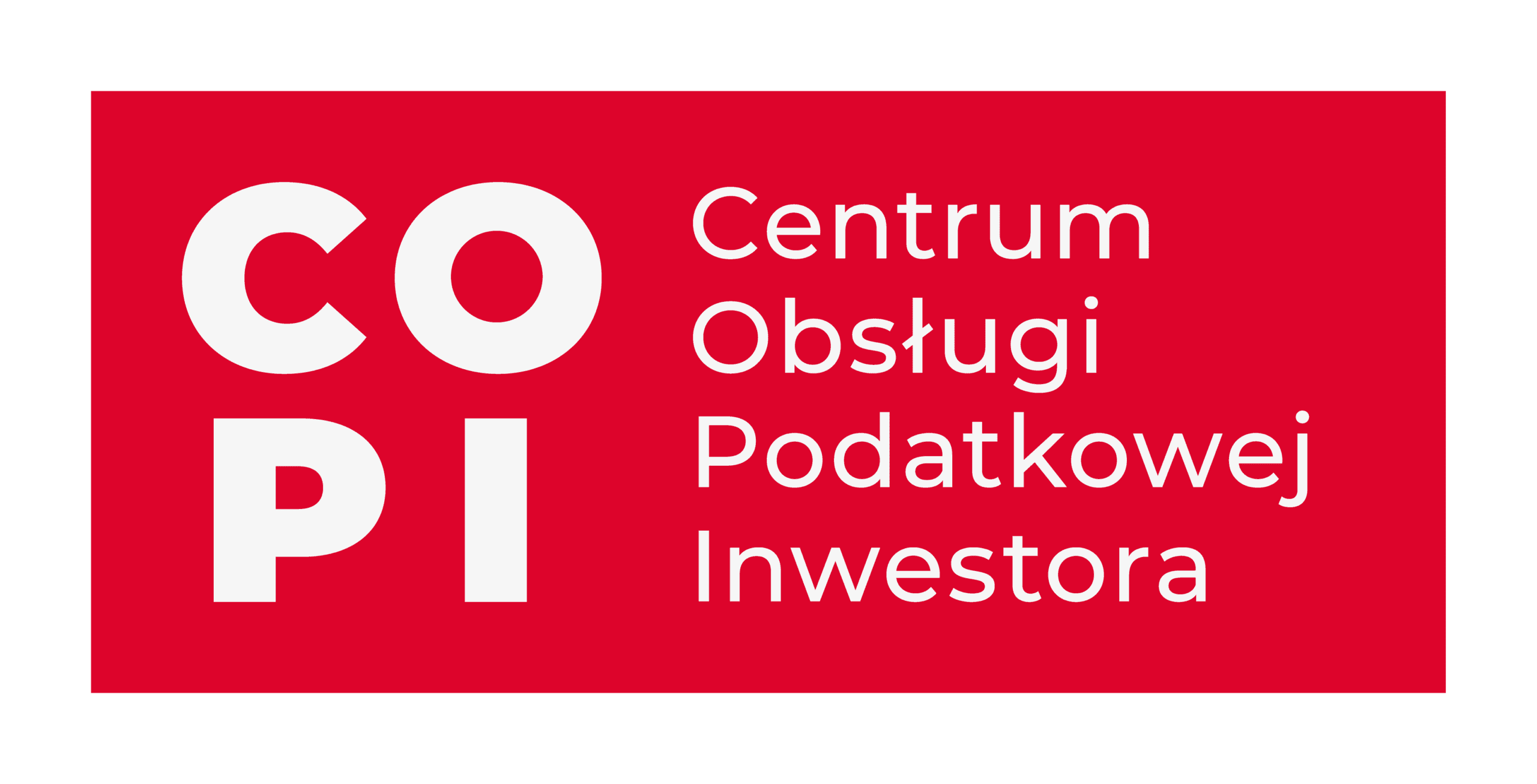 Institution
InstitutionThe Investor Tax Service Center
The Investor Tax Service Center is a unit operating within the Ministry of Finance
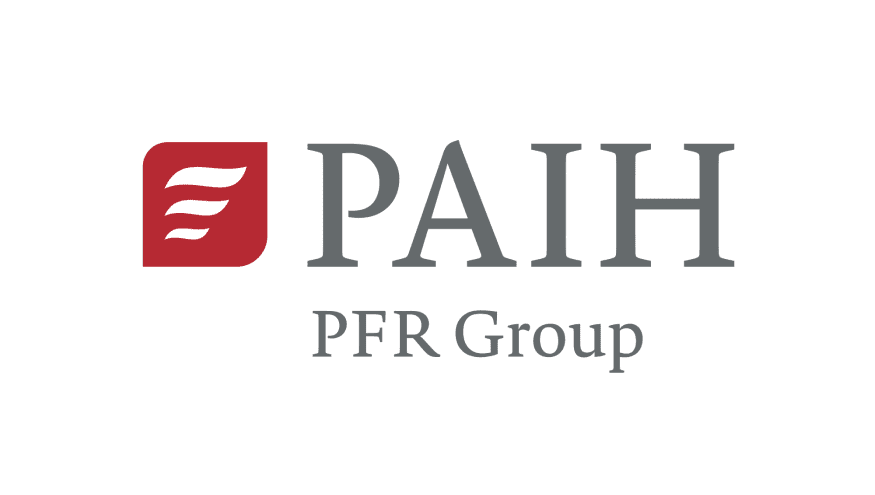 Institution
InstitutionPolish Investment and Trade Agency (PAIH)
The Polish Investment and Trade Agency (PAIH) is the partner of first-resort for entrepreneurs when …
The Export Promotion Portal uses cookies to make it easier for users to use the website and for statistical purposes. If you do not block these files, you agree to their use and saving in the memory of your computer or other device. Remember that you can change your browser settings to block the storage of cookies. More information can be found in Privacy Policy and Terms and conditions.






